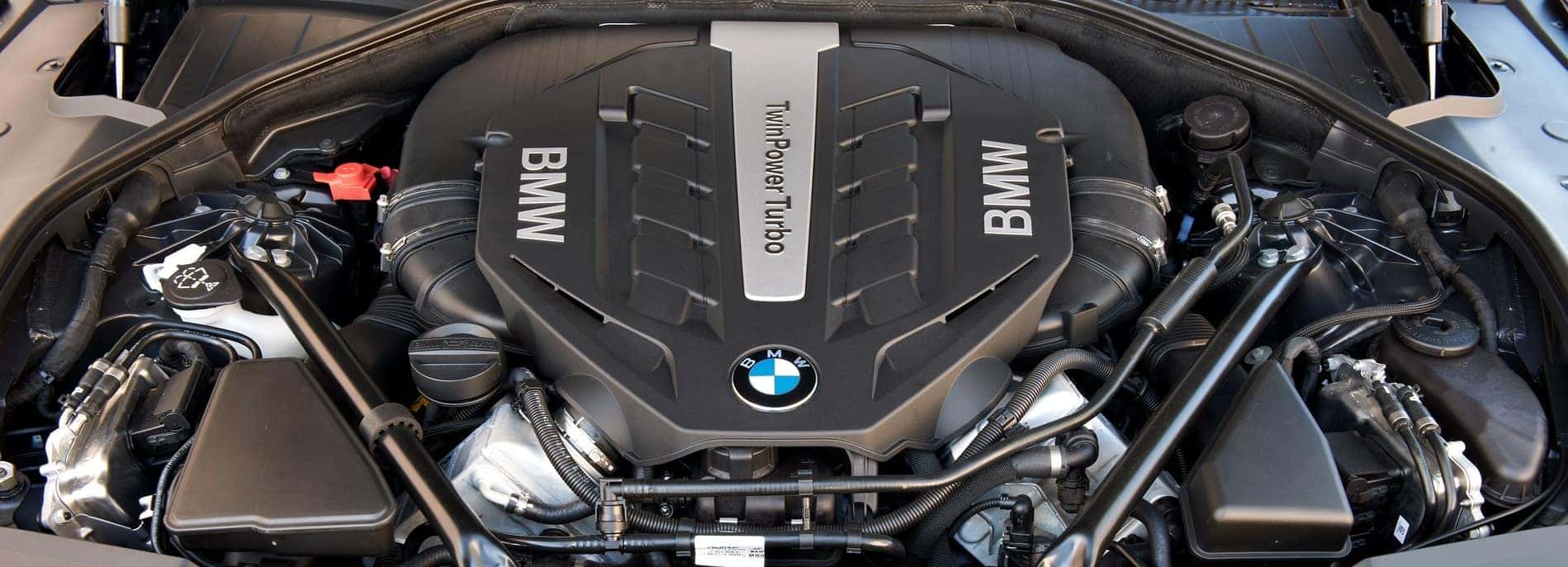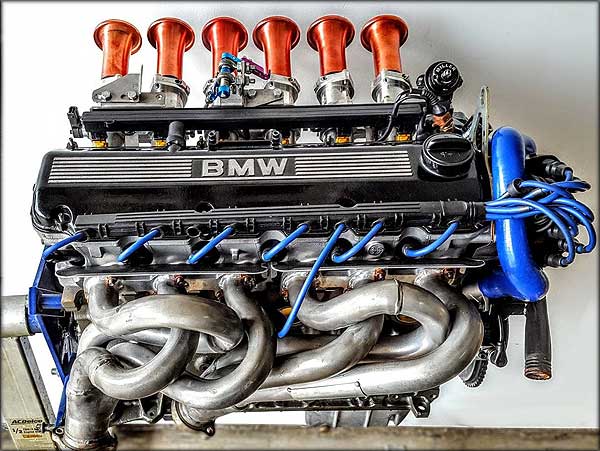Discovering the Advancement of Burning Engines in Modern Transportation Solutions
As we browse the landscape of contemporary transportation, the evolution of burning engines stands as a testimony to human ingenuity and design expertise. The interplay of background, innovation, and environmental concerns in forming the trajectory of combustion engines develops a story that is both compelling and informative.
Early Beginnings of Combustion Engines
How did the principle of burning engines first arise in the onset of transport development? When the principles of inner combustion were initial explored, the origins of combustion engines can be mapped back to the 17th century. In 1673, Christian Huygens conceptualized a fundamental interior burning engine that used gunpowder to produce power. It wasn't up until the late 19th century that practical applications of combustion engines in transport began to emerge.
The innovation moment included the invention of the very first effective gasoline-powered engine by Karl Benz in 1885 - bmw engine. This engine led the way for the advancement of the modern-day automobile, changing transport systems worldwide. Subsequent technologies by Nikolaus Otto and Gottlieb Daimler further fine-tuned burning engine modern technology, resulting in the mass manufacturing of autos and the quick expansion of the transport market
These early combustion engines were characterized by their simplicity and efficiency, laying the foundation for the complex and effective engines used in modern transportation systems. The evolution of combustion engines has actually been crucial fit the means we take a trip and deliver items, noting a considerable turning point in the history of transportation development.
Transition to Internal Burning Innovation
The transition to inner burning innovation marked a critical change in the advancement of transport systems. This shift started in the late 19th century, with developers like Nikolaus Otto and Gottlieb Daimler establishing the very first successful inner burning engines. These engines reinvented transport by offering an extra powerful and efficient alternative to vapor engines and electrical motors.
One of the crucial advantages of internal burning engines was their ability to be reduced to fit into vehicles, bring about the advancement of automobiles and bikes. This change from bulky, fixed engines to small, mobile ones led the method for the modern transport systems we see today.
The transition to interior combustion innovation also stimulated improvements in gas innovation, leading to the advancement of fuel and diesel as primary gas resources for vehicles. This shift not just made transport more easily accessible to the masses but also laid the foundation for the oil and gas market to come to be integral to worldwide economic climates.
Impact of Combustion Engines on Transport
The fostering of combustion engines in transportation systems militarized a profound change in the effectiveness and speed of worldwide flexibility. Combustion engines reinvented transport by supplying a versatile and trusted source of power for different lorries, consisting of vehicles, vehicles, ships, and aircrafts. This advancement dramatically enhanced the capacity for people and goods to conform cross countries in shorter period, leading to raised connection in between regions and nations.
Furthermore, the widespread use burning engines has actually had a significant influence on economic growth. The capacity to deliver products effectively has spurred trade and commerce, enabling companies to expand their markets and reach customers worldwide. This has actually promoted financial growth and globalization, as products can currently be carried quicker and in larger quantities than in the past.
Nonetheless, additional reading the ecological effect of combustion engines can not be overlooked. The burning of nonrenewable fuel sources has caused air pollution and greenhouse gas emissions, adding to climate change and posturing wellness dangers to populations. bmw engine. Consequently, there is a growing emphasis on creating different propulsion innovations to reduce these adverse impacts and create an extra sustainable future for transport
Advancements in Combustion Engine Layout
One remarkable innovation is the growth of turbocharged engines, which make use of exhaust gases to drive a generator that presses inbound air, enabling for more fuel to be burnt, resulting in increased power outcome without a substantial rise in engine dimension. Variable shutoff timing systems have also revolutionized engine layout by maximizing air flow at different engine speeds, boosting both power and performance. These innovations jointly add to the constant improvement of burning engines in modern-day transportation systems.
Future Trends in Burning Engine Advancement
With technology innovations driving continuous technology, the future of combustion engine advancement is positioned to transform transport systems globally. One of the key patterns in burning engine development is the push in the direction of greater effectiveness and lowered emissions.
One more noticeable trend is the fostering of hybrid innovations in burning engines. Crossbreed engines incorporate typical combustion modern technology with electric power, using improved fuel effectiveness and reduced exhausts. As the automotive market changes in the direction of electrification, crossbreed burning engines are seen as a transitional service that connects the space in between standard vehicles and fully electric ones.
Additionally, the assimilation of clever modern technologies, such as synthetic intelligence and data analytics, is expected to play a considerable function in the future of burning engine development. These innovations can enhance engine performance in real-time, causing a lot more effective combustion processes and improved overall car performance. Embracing these future trends will certainly not just drive advancement in burning engine advancement however also contribute to a more ecologically pleasant and sustainable transportation community.

Final Thought
In final thought, Your Domain Name the advancement of burning engines in modern-day transport systems has actually been noted by considerable improvements in modern technology and layout. From the very early starts of burning engines to the shift to interior burning innovation, these engines have had a profound influence on transportation. Innovations in combustion engine layout proceed to drive development in this field, with future patterns concentrating on go to my site further boosting performance and minimizing discharges. The future of combustion engines in transportation looks encouraging as r & d efforts proceed to push borders.
The origins of burning engines can be traced back to the 17th century when the concepts of interior burning were very first explored. These engines changed transport by offering an extra powerful and efficient choice to heavy steam engines and electrical motors.
